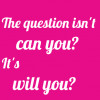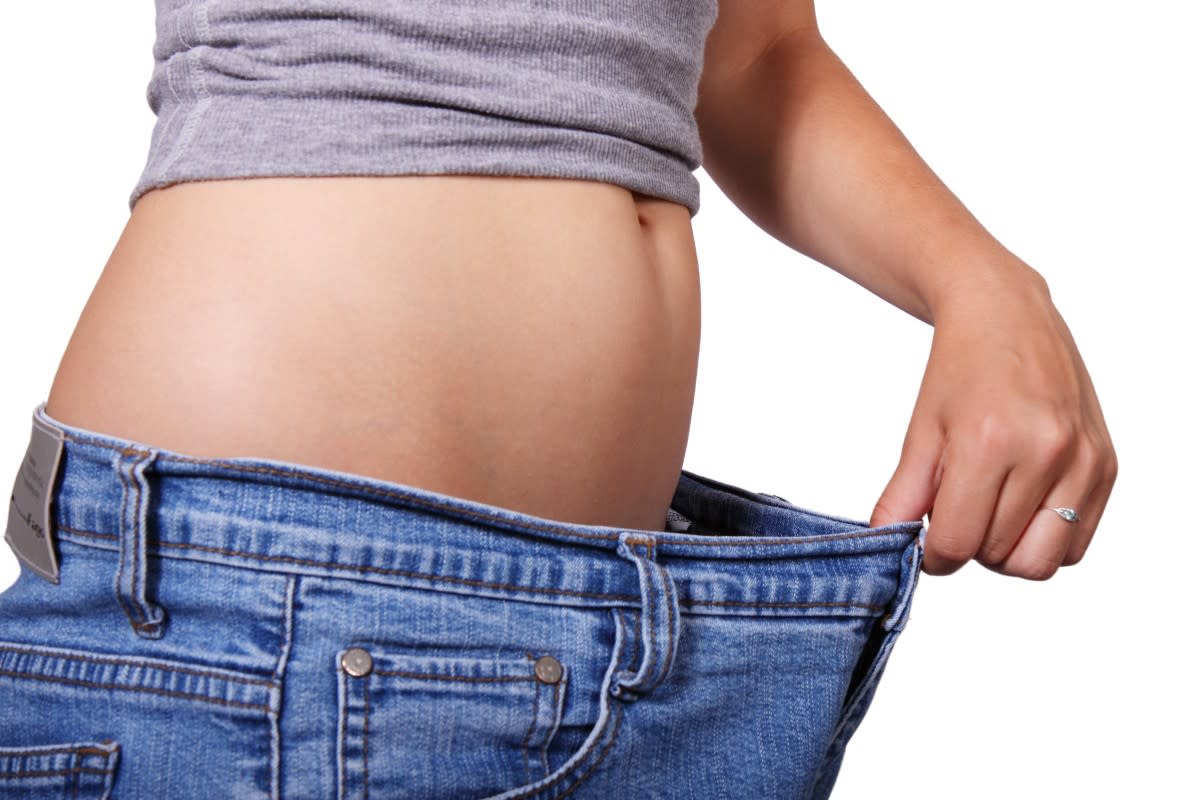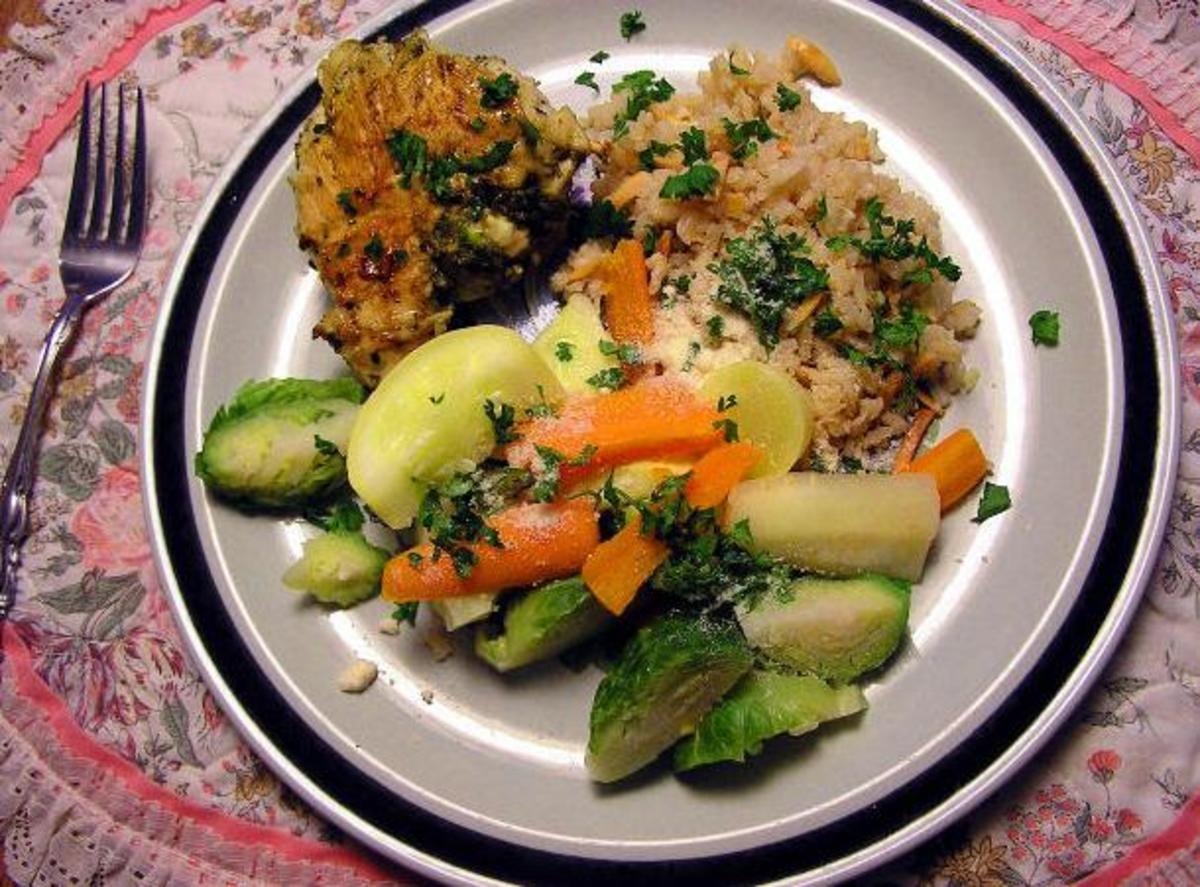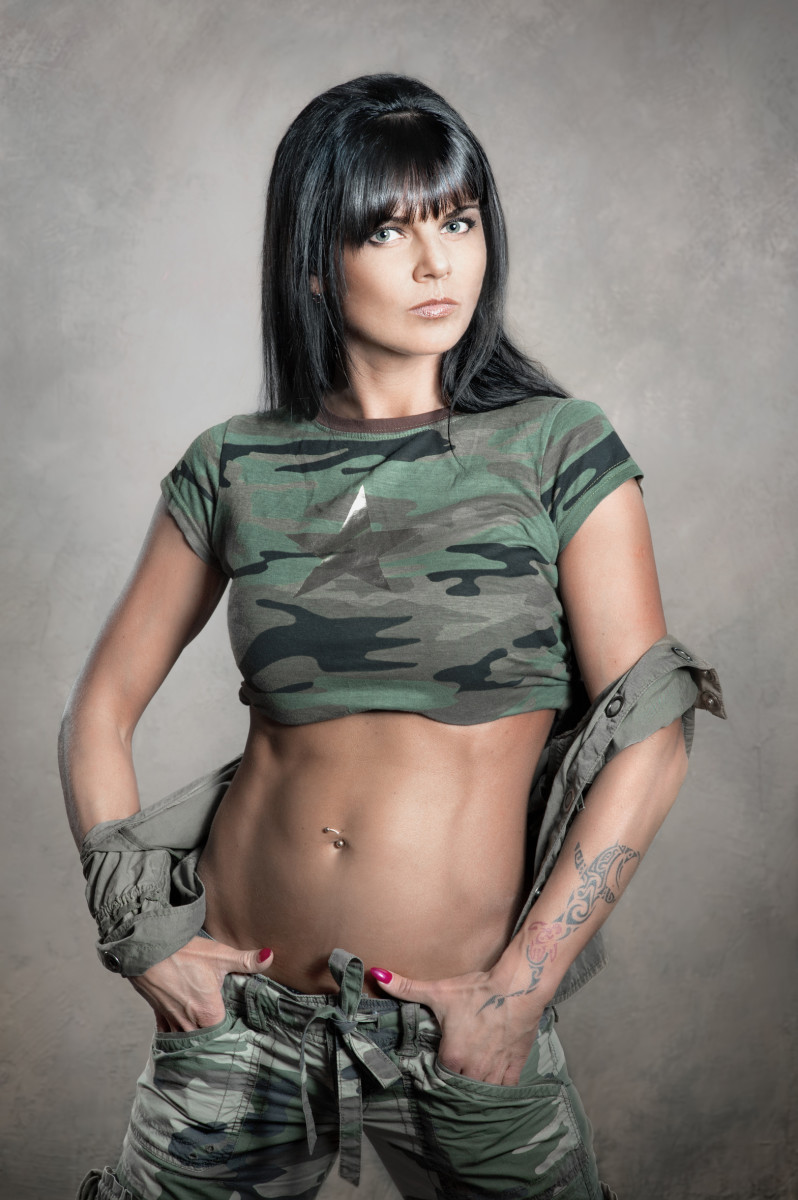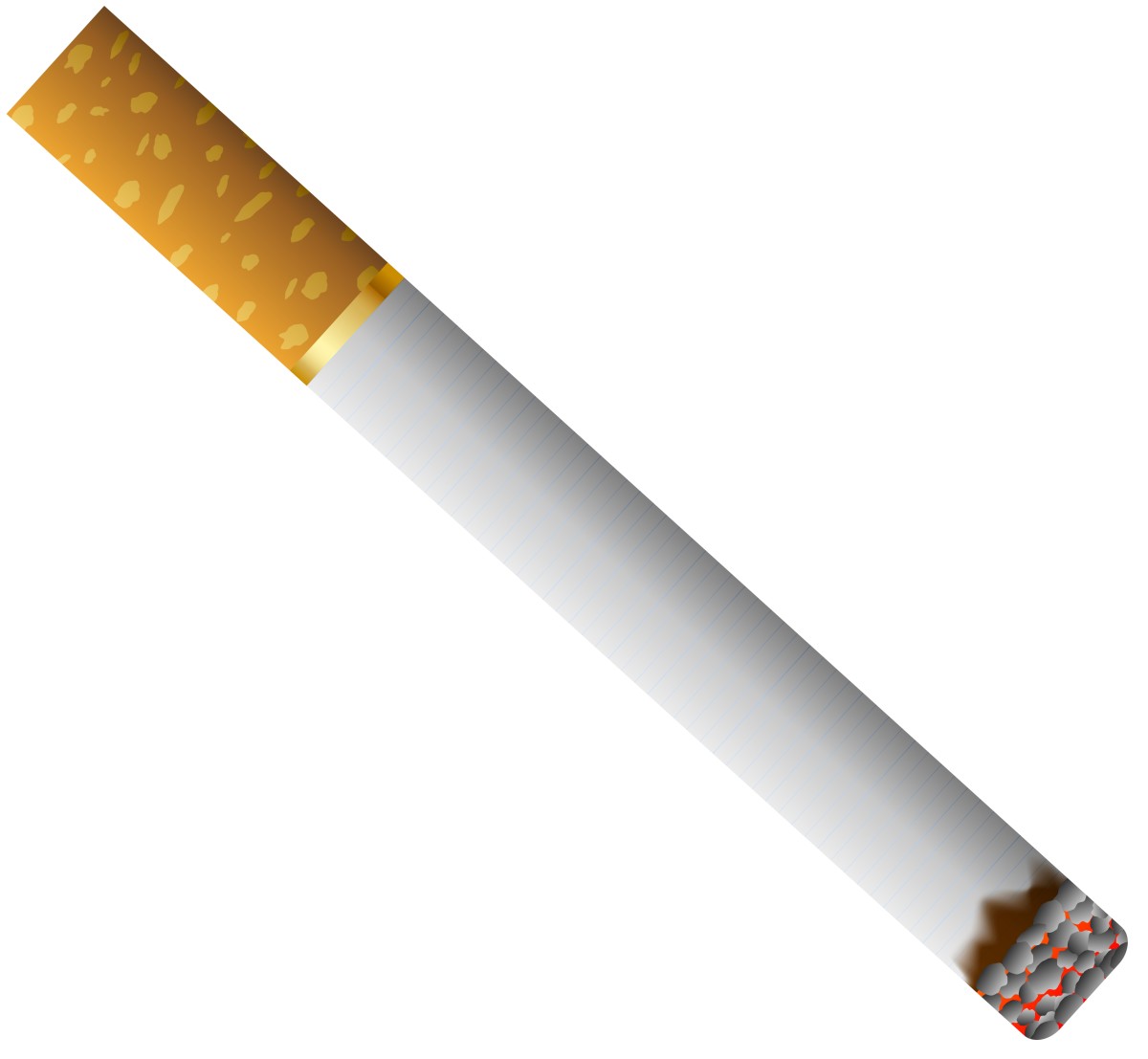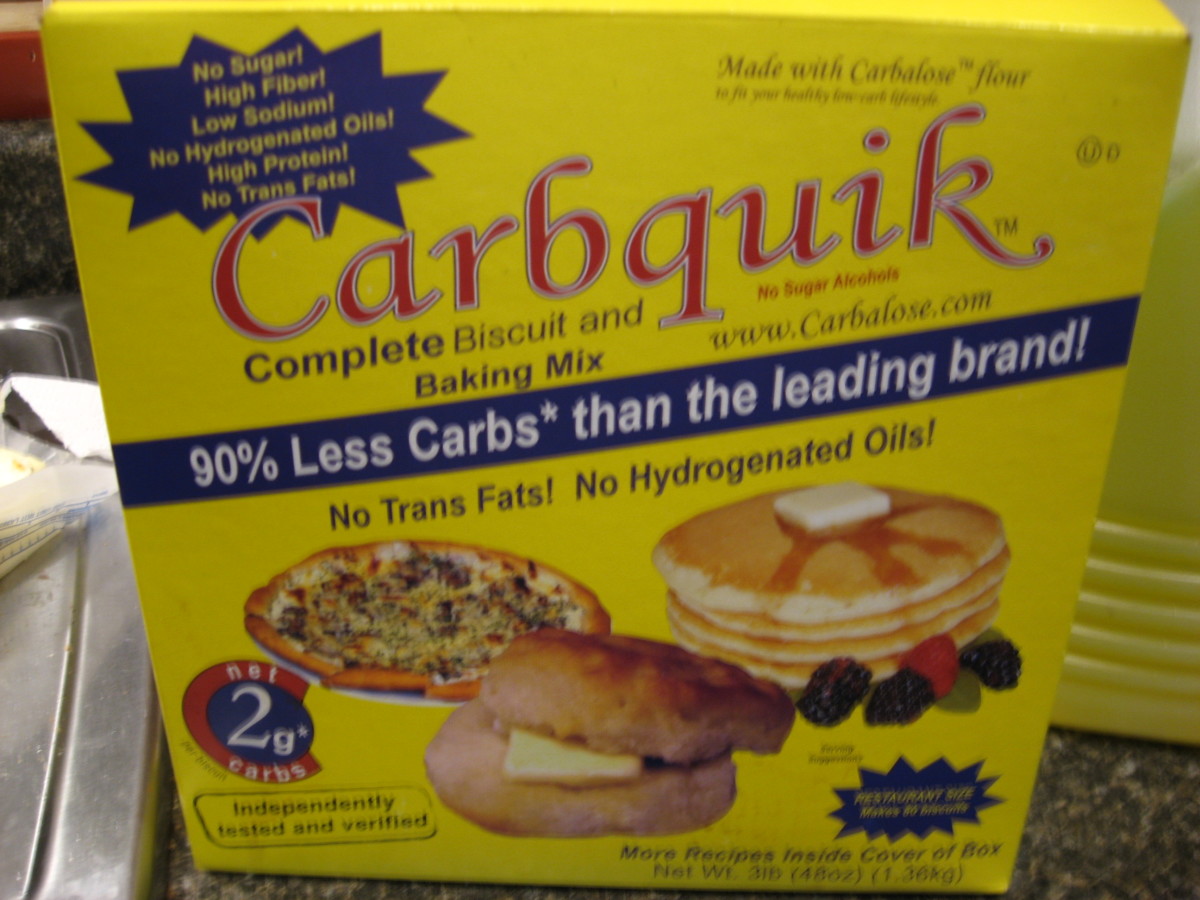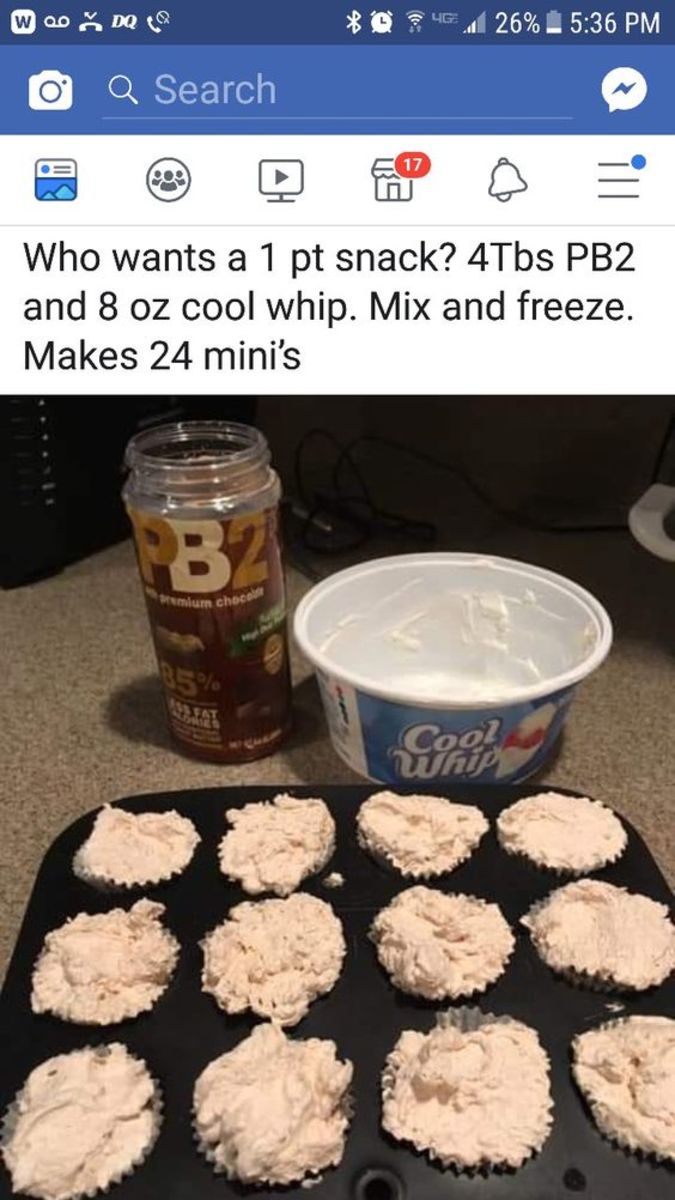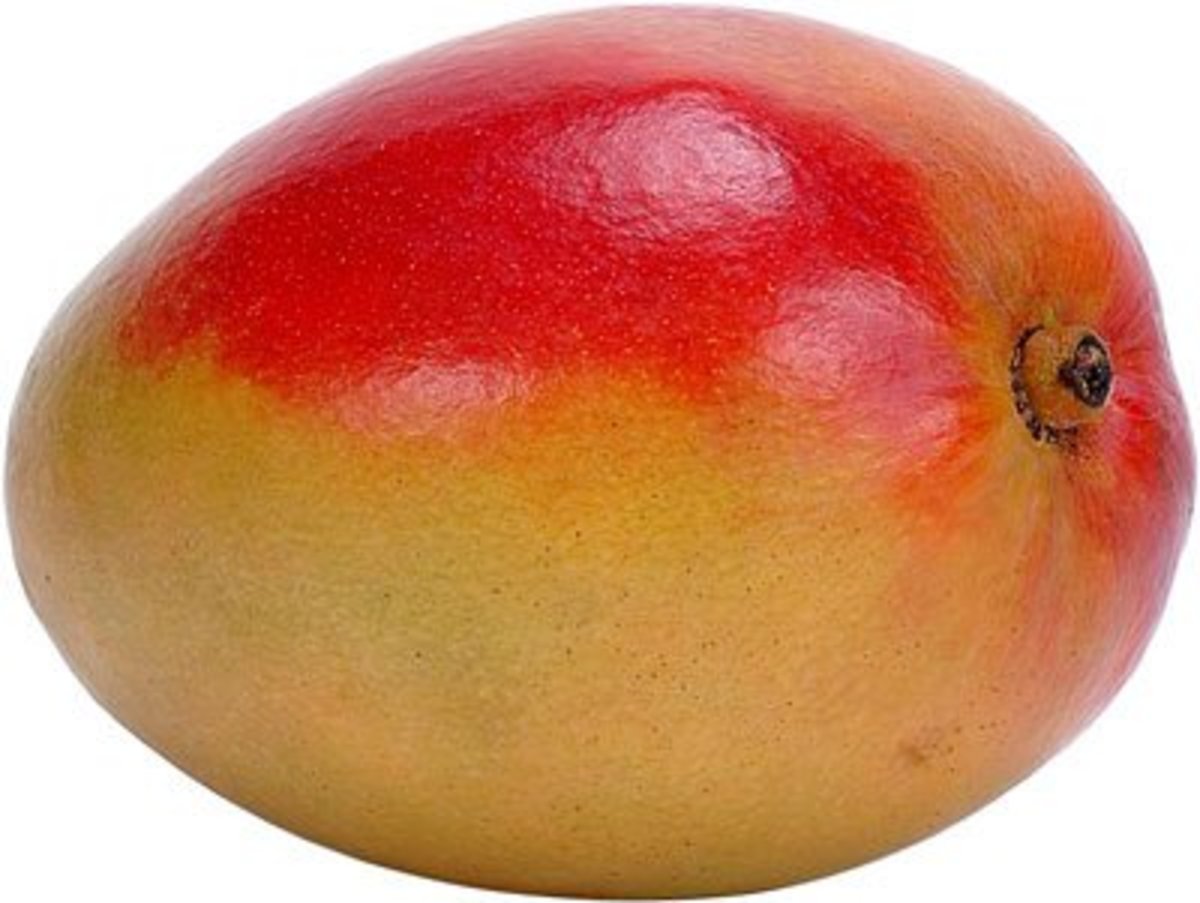A review of I Quit Sugar
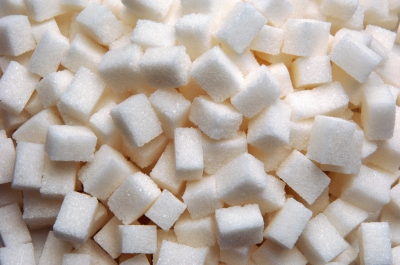
So what is the diet book I Quit Sugar about?
It was over a decade ago when I first played with the idea of cutting sugar out of my diet. At the time, I was reading a diet book called “Only Fat People Skip Breakfast”, and I was engrossed in it until I got about midway through the book and came across an entire chapter dedicated to persuading me why I should stop eating sugar. It even went as far as to label it ‘poisonous’.
Now, to me, this was like someone asking me to stop driving a car, never buy shoes again, or stop wearing makeup. I mean, it just sounded preposterous and entirely impossible. Sugar was, well, in every wonderful food thing I have ever had the good fortune to try. Sure, I wanted to lose some weight. But I didn’t want to be faced with such a boring future of sugar-free food. I mean, even that phrase sounds boring.
I followed the diet for a few months, lost about 10lbs, and looked great. Then I slowly started eating lusciously lovely sweet treats again, my exercise regime started to become patchy, my diet had as many excuses as it did calories, and the weight gradually crept back on.
So fast forward ten years, and I came across a youtube lecture called Sugar: The Bitter Truth, by Dr Lustig. I’ve added it to the bottom of this article if you are interested in watching it, and although its 90 minutes its well worth a look. I have written a summary of the current scientific reports into sugar consumption which you can read here, but for the purpose of this article let me just say this: it scared me. For the first time ever in my life, my diet made me worry about my health. For the first time ever in my life, I seriously considered the possibility of cutting sugar out of my diet.
So I began to do some research into diets that would help me make a drastic cut in my sugar consumption and I kept seeing one name come up again and again: Sarah Wilson. Sarah is a journalist and TV presenter in Australia. She has written a bestseller called I Quit Sugar. So I purchased the book, and I’ve been following her 8 week guide to cutting out sugar. So was the book useful? Could I give up my sweet tooth? This article is my review of those 8 weeks.
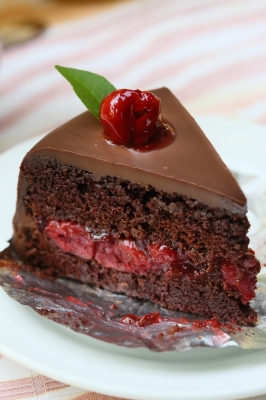
Some background information
Before I start, let me just give you some background into my sugar consumption, because it will give you a picture of how hard a task this was for me. I could talk at great length about how much I like sugar, but to try to keep it short, let me say this. If I want a cookie an I open a packet of cookies, I eat the packet of cookies. The full pack of eight, giant sized 300-calorie-a-pop cookies. And then throw away the evidence. And then eat a family sized bar of chocolate. And then throw away the evidence. And then in desperation at the lack of sugary food in the house, I hunt out the last remaining serving of hot chocolate. And then throw away the evidence.
You get the idea.
Starting statistics
Measurement
| Starting number
|
|---|---|
Weight
| 155lbs
|
Height
| 5'5''
|
BMI
| 25.7 (overweight)
|
Waist
| 34''
|
Week 1
I’m the heaviest I’ve been in years, because I had a baby a year ago and despite the promise of magic weight loss from breastfeeding, the reality is that a lot of the weight is still hanging around, especially around my middle. Technically speaking I’m slightly overweight and I’d definitely be described as curvy. Before having a child I was 136lb and that’s the sort of weight I’d like to return to.
Sarah’s instructions to start the diet off are to gradually start to reduce sugar in your diet rather than going cold turkey. This took me by surprise, and my initial reaction was to ignore the advice, because I consider myself a sugar addict and I can’t have just one bite of a piece of chocolate. That’s how I got fat to begin with. However, I do understand what she’s trying to say. Us dieters fail because we give ourselves an impossible goal to begin with. My average diet lasts around 10 days before I give up, so clearly my cold turkey strategy isn’t working. So I did what Sarah suggested. I approached week one as an experiment in reducing my sugar intake. I planned out meals for the entire week, exercising caution with anything that might have added sugar and excluding snacks and desserts from my diet. It was actually pretty enjoyable planning out my meals, because if you exclude sugar from your diet there is still so many delicious food choices available, so I really got creative and selected some tasty, comforting recipes.
One of the things I didn’t like about Sarah’s book is that in the first chapter she casually mentions cutting down on simple (refined) carbohydrates in addition to sugar, but it isn’t mentioned again and no explanation is given. Now, us dieters are of the Atkins generation, so we understand that refined carbs = bad. But as a dieter, having to cut this out on top of sugar is a bit more of a challenge, especially as she doesn’t say how much we need to reduce it by. So all I do is try and gently reduce it a little, and swap refined foods for wholemeal where I can.
So how did week 1 go?
Well, I can say with absolute honesty that I had no cravings for sugar at all. In fact, I barely noticed its absence from my life. I really enjoyed the food I was eating and I didn’t feel like I was on a diet at all.
I also noticed that I didn’t feel as bloated as I did before the diet (when I was binging on sugar-laden goodies), and I also noticed a marked improvement in the quality of my skin. It seemed clearer, brighter, with subtly rosy cheeks.
Since I wasn’t craving sugar, I noticed it was easier to control my appetite across the week, rather than the highs and lows I typically get when on a binge. At no point have I felt like overeating (even though my portion sizes are not restricted). I just instinctively felt like eating normal sized portions of my meals. Snacking has always been an issue for me, but in week 1 I was barely eating any snacks at all. Without any calorie counting of any kind I know for certain I reduced my food intake and I attribute that to beating off my high-low-high-low sugar craving mentality.
Finally, I noticed a boost in my energy levels. I decided at the start of the diet that I was going to do some walking but I wouldn’t give myself any targets to achieve. However, I’ve had a natural desire to exercise as I’ve felt like I’ve had more energy so I’ve surprised myself with the number of miles I’ve walked.
Week 2
During week 2, I discovered the return of my cravings. I resisted the urge to eat sugar but then I found myself going for compensation food instead. In this case, white bread.
White bread made for some delicious menu items but I noticed after a very short time period that it made me feel very sluggish, and this in turn led to further food cravings. I also noticed a few mood swings around the same point. Of course, this is to be expected. Typically this is the point in a diet where I fail and give up. However, this time I was much more aware of these changes in my moods and the sudden feeling of tiredness was quite acute, so it was much easier this time to react and deal with the problem. So I cut out white bread from my diet and replaced it with rye instead. The cravings and the mood swings disappeared within days.
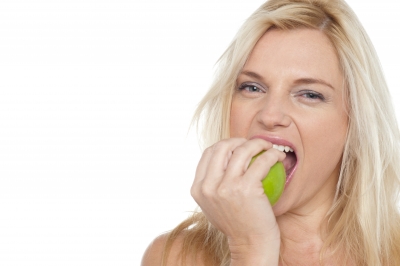
Week 3
By week three, things were starting to settle in with my new diet. Well, it didn’t feel like a diet at all really. Food choices, portion control, and limited snacking came naturally to me. It was almost like I was eating like a skinny person would! At this point, I can honestly say that I wasn’t missing sugar in my diet at all, and even when I dined out I didn’t feel deprived at turning down the sweet menu (I filled myself up on a big starter instead).
Healthy food normally feels like a punishment on a diet, and a cruel but frequent scenario is finding myself in a restaurant ordering a low calorie salad or fish dish whilst friends order indulgent, delicious food. What I now found is that I was starting to select healthy food for myself, not out of guilt, but out of a real desire to keep my body feeling good, clean and energetic. That’s when it clicked with me: something was working. Perhaps it was my lack of sugar cravings, but something on this diet was working for me and I wasn’t failing and giving up like I often do at this stage.
Week 4
By week 4, I was starting to notice a small weight loss. I made a promise not to weigh myself until the end of the 8 weeks, and not to focus on weight loss alone but more about healthy eating. However, by week 4 I definitely felt slimmer and my tight clothes were a little looser around the waist. It’s always a challenge to keep a diet going for as long as a month, but having a noticeable change in my weight helped me at this point to keep pushing forward with it.
Week 5
A return to the cravings
This was the toughest week yet. Sarah warns in her books that the cravings do begin to return, and I was glad about the pre-warning. This week I felt it. Sugar is an addiction, this much I know. And like any addict, you are at your weakest when you have to deal with any life stresses that cause you to turn to your favorite comforter. So it only took a couple of stressful days for me to want to reach out and grab a chocolate bar, and I’ve been in this place many, many times before.
Recognizing sugar as an addiction
What I would take from my own experience and what I read in Sarah’s book is that you should see sugar as it truly is: a nutritionally-void addictive substance that will do nothing to help you. If you are an addict, then every day provides you with temptation. And all you can do, as an addict, is recognize that and face it head on. I did just that. I resisted. I stayed strong. I tried to address the stresses in my life rather than turn to food for comfort. So in week 5 I did something I have not been able to do in the past: I resisted the pull of a chocolate fix.
Week 6
In week 6 the cravings had passed, and I was pleased with my efforts to keep on track with the diet. I had returned to the same point I’d experienced in week 3 where healthy food choices because instinctive rather than forced as some sort of punishment. I was starting to feel more in tune with my body. If I ate too much, particularly high amounts of refined or processed foods, then my body didn’t feel as great, and I wanted to feel great, I wanted to feel healthy and I wanted energy. So my normal craving-induced motivation for hitting the chocolate began to be replaced with a natural desire for healthy food choices to protect and nourish my body. After all, this is how we as humans are designed. My body was simply starting to work the way it was supposed to.
Week 7
If I could offer any advice for week 7, it would be to revamp your meal plan. Because for me, this was when I started to become a little bored of the food I was eating. I was still enjoyable, but I didn’t have the same sense of satisfaction I got when I started the diet, as I was trying so many new recipes at the beginning. So once you are getting to the end of the 8 week program, don’t become complacent. Get some new recipes, and try foods you’ve never eaten before.
So I got through week 7 without any sugar, but it felt like a little bit more of an effort, and the food wasn’t as satisfying. So by the end of the week, I took to Google to try and find some new recipes.
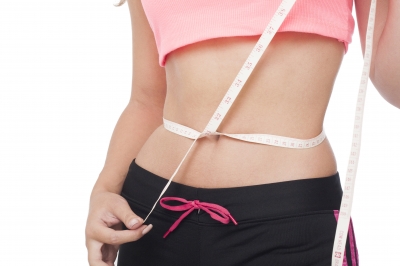
Week 8
As I came to the end of my diet, I realized that this was something I was just going to stick at. I had no desire to return to the way I was eating, and no desire to reintroduce sugar into my diet. I simply liked what I was doing, I was enjoying my food, and I could feel the weight slowly dropping off me.
So I guess what you really want to know is, did I lose any weight? Well, by the end of week 8 I hopped on the scales and found that I was 146lbs, so I dropped 9lb over 8 weeks. This might not sound like much, but remember that I wasn’t hugely overweight to begin with and this was never a calorie-controlled diet but an opportunity to cut out sugar. But my BMI dropped by 1.5, I moved back into a healthy weight category, and I lost 2 inches from my waist. So I would say that is a real achievement. Here’s the full stats:
Measurement
| Before
| After
|
|---|---|---|
Weight
| 155lb
| 146lb
|
Height
| 5'5''
| 5'5''
|
BMI
| 25.7 (overweight)
| 24.2 (healthy)
|
Waist
| 34''
| 32''
|
My summary review of Sarah Wilson’s I Quit Sugar
What I really liked about I Quit Sugar was that Sarah concentrates far more with the mental battle of cutting sugar from your diet, rather than nutritional information. She gives you strategies that will help you deal with your cravings and she warns you about times when you may feel weak. This was useful; as someone who has been on diets for 24 years, I have a pretty good knowledge of nutrition, yet it’s the mental side of diets that I always struggle with.
Sarah doesn’t promise any particular weight loss with this diet, and if you are dieting with the aim of losing a specific amount of weight then this is not the right book for you. The best way to approach this diet is to treat it as a long term plan that will help you to become a healthy weight and to maintain that weight, but treat this 8 week plan as a strategy for cutting sugar, not for weight loss.
What next?
I am going to continue this for the foreseeable future. I would like to return back to my pre-pregnancy weight of 136 and I’m confident I can do that just by continuing to eat as I have been doing and introducing a bit more exercise into my weekly routine. Will I ever go back to eating sugar? Well, I think it would be boring to just never have any sugar-filled food ever again in my life, but I still know how easy it would be for me to overeat again. So for me, I will keep sugar out of my life for the vast majority of the time and restrict it to 2-3 times a year on special occasions such as birthday and Christmas. I think that is something I can comfortably do.
